By Florence Avakian
“All Armenians mourn this most devastating tragedy,” said Paul Ignatius in a telephone conversation from his home in Washington, D.C. He will be one of the headline speakers at the Genocide Centennial banquet in the nation’s capital on Saturday evening, May 9, at the Marriott Hotel.
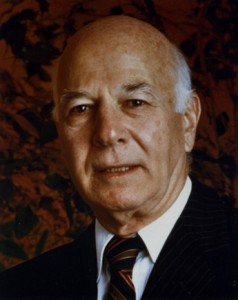

In 2013, the U.S. Navy announced that an Arleigh Burke-class guided missile destroyer, called the USS Paul Ignatius would be constructed, and named for him.
Born in Glendale, CA, on November 11, 1920, to parents Eliza (nee Jamgochian), and Hovsep Ignatiosian, he recalled that during his youth, the atrocities of the 1915 Genocide, or of the 1895-96 massacres which claimed the lives of members of his grandfather’s family in Agin, near Kharpert, were never spoken of in his household. His grandfather left Agin in 1892, going to Manchester England, and his father came to the U.S. in 1904.
“I grew up in an American environment,” he recalled. There were essentially no Armenians in Glendale then, as there are now. But I met wonderful Armenian friends of my grandfather’s extended family. We celebrated many warm, festive occasions.” He proudly related that he was baptized in the Armenian church in Los Angeles.
In his book Now I Know In Part, published by NAASR, he has written, “There are quite a lot of stories about Armenia and my parent’s Armenian friends. I never thought much about all this when I was growing up, probably because it would make me seem to be different from my school mates, and I wanted to be like everyone else. Now I look with a different eye on my heritage. I have come to believe that I am a more interesting person to myself and to others because of this background.”
In another NAASR published book of his, Five By Three, he covers five books each of three legendary authors he knew well and admired greatly – William Saroyan, Zaven Surmelian and Michael Arlen.
Trip to Historic Armenia
Paul Ignatius’ interest in Armenian affairs became vivid later in his life. In 2006, he took “a trip of a lifetime” with his daughter Sarah to Armenia and “historic Armenia.” The NAASR-sponsored trip also visited Kharpert. “It was an experience of many emotions. The churches, the missionary college, and everything were destroyed. One had the feeling of what a wonderful place it must have once been with its soaring mountains and beautiful valleys”, he noted.
“Sarah who speaks some Armenian, became intensely emotional and came back with a life-long interest in her Armenian background,” he said. A lawyer specializing in immigration, Sarah has applied for a Fulbright grant to teach at the American University of Armenia for 2016. His wife Nancy (nee Weiser) visited Soviet Armenia with a group from the National Cathedral, and his son David who is an editor and columnist for the Washington Post newspaper, has made two trips to Armenia.
During this year of the Centennial of the Armenian Genocide, Paul Ignatius declares that Turkey “must face the truth of its past. It is a time not only for mourning the huge dimension of the tragedy, but also of looking ahead, with some kind of resolution for the Turks. He listed among these, the restoration of church property and Armenian monuments.
Ambassador Edward Djerejian and Lara Setrakian Also to Speak
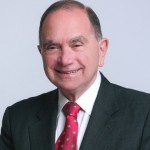

He is the Founding Director of the James A. Baker III Institute for Public Policy at Rice University, a position he has held since August 1994, and is a Fellow of the American Academy of Arts and Sciences. He also serves on the Board of Trustees of the Carnegie Corporation, NY. In 2013, he was elected Independent Chairman of Occidental Petroleum’s Corporation’s Board of Trustees, and is a Managing Partner of Djerejian Global Consultancies.



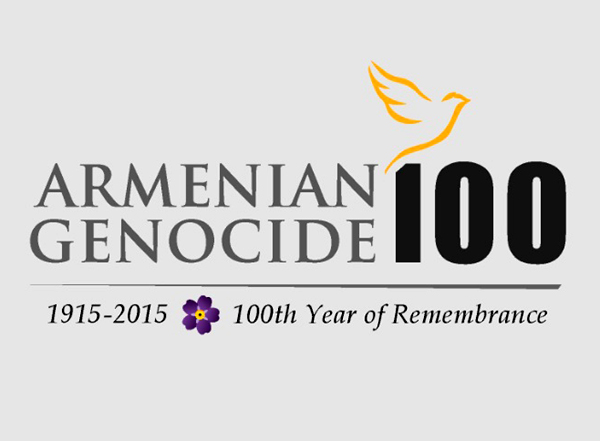

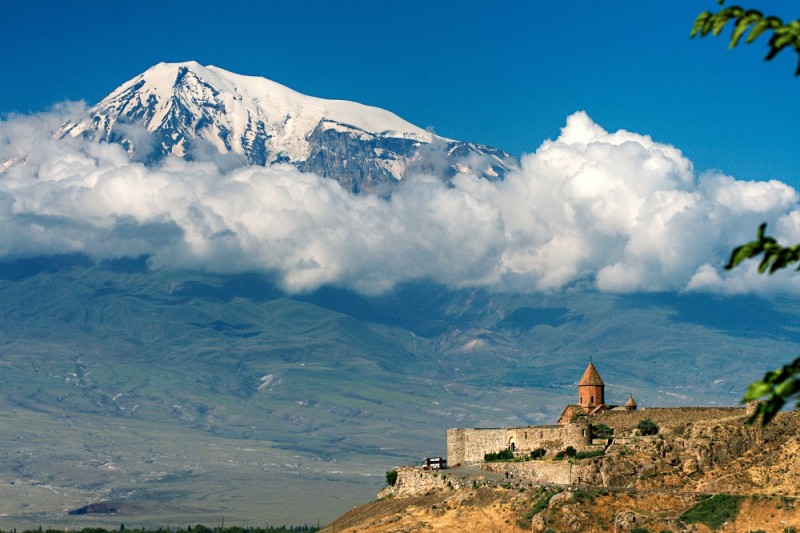
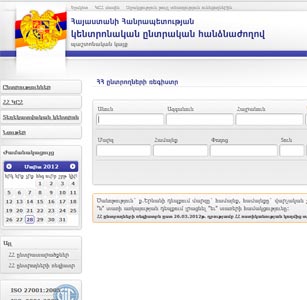

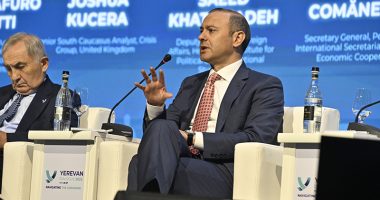
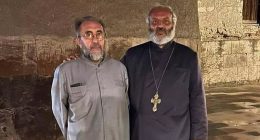
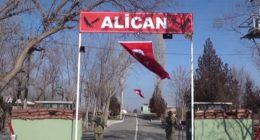


1 comment
Please correct the dates below:
of the 1995-96 massacres which claimed the lives of members of his grandfather’s family in Ag
1895-96